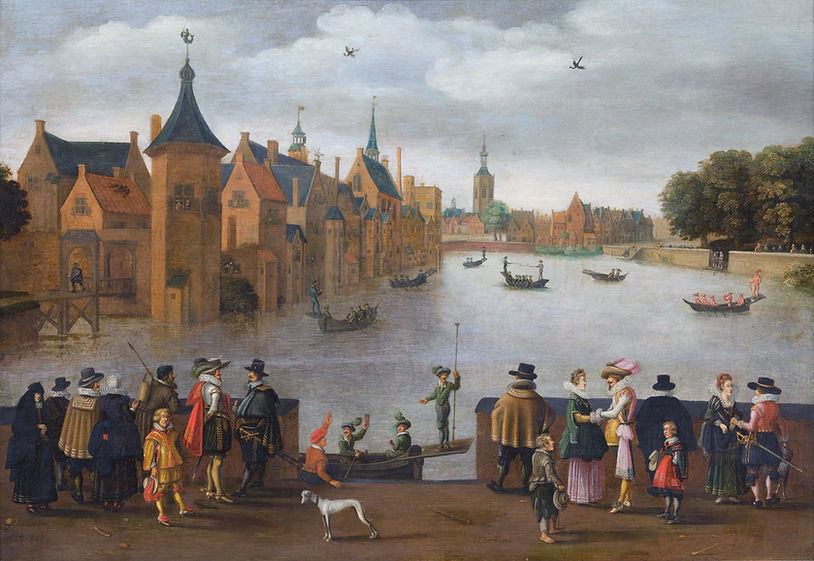
We’re happy to announce that we will be covering different periods of Dutch history as part of a monthly series! And our series begins with the 16th century, a periodof great change and transformation in the Netherlands.
Dutch people truly have an interesting relationship with water – they literally reclaimed their country from the ocean as they faced a near-constant battle with the ocean due to the country’s low elevation and erosion. They built dikes and dunes, walls and fortresses, and somehow they made it work.
The Dutch have always been a seafaring people, and their history is grounded in ventures out into the high seas for wild whaling expeditions and trading. Amsterdam reflects this as its whole urban layout is dedicated to allowing passages of water to weave through the city.
By the 14th century, the Netherlands was ravaged by a series of floods and extratropical cyclones. It took years to rebuild the country after the devastation and even then by the 15th century, most farmlands were just too wet to produce anything viable. So instead they turned to…
Cheese!
People began migrating from the countryside to towns as there was a lot of work to be found in the production and export of cheese. And so, slowly but surely, the towns grew and trade increased, making Amsterdam a central trading spot in Europe.
By this point, the Netherlands wasn’t really one single nation, but rather a bunch of independent provinces loosely tied together.
All of that changed in the 16th century.

Tensions were steadily rising
Despite finding success in the cheese industry, the Dutch weren’t faced with the best situation. The crop failures were weighing heavily on the population and a combination between widespread famine, political mishaps, and a recession meant that people weren’t in the best of spirits.
At this point in time, the Netherlands was actually under Spanish rule and the Dutch resented it. Strict Catholic policies meant that the Dutch weren’t able to practice religious freedom, and this was during a period when Protestantism was on the rise.
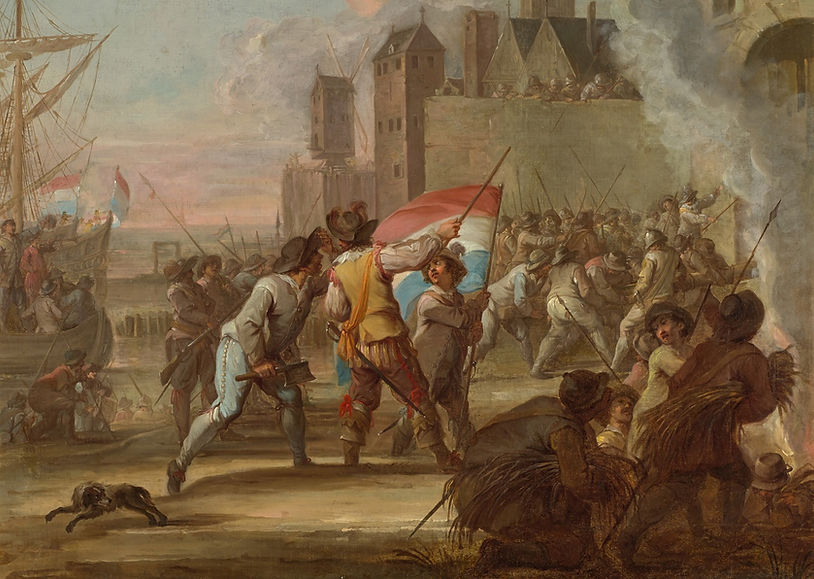
The Eighty Years’ War
This war is also known as the Dutch War of Independence and lasted from 1568 to 1648. In protest against Spanish rule, the northern provinces of the Netherlands banded together in 1579 to form the “Union of Utrecht”. As time progressed, more provinces joined in to sign the treaty up until 1581, when the Dutch Republic was formed.
As you can imagine, however, Spain wasn’t all too happy about this. The Eighty Years’ war was pretty gruesome, to say the least. Prince Willem I of Orange led mercenary attacks while guerilla tactics were used by the Dutch commoners defending their homes against Spanish soldiers.
The Spanish were utterly shocked to find that women were also participating in the war. As their husbands were often sailing away to trade overseas, Dutch women had found a sense of independence that was rather uncommon in Europe as they would run their husbands’ businesses.
1609 marked the beginning of the Twelve Years’ Truce, a ceasefire between the Dutch and the Spanish. By this point, many surrounding European countries had already recognized the Netherlands as a sovereign state, and a few decades later the Spanish did, too.
The 16th century in the Netherlands was one of turmoil, but also transformation. The Dutch made great strides towards independence during this period. Who knows, if it wasn’t for the Union of Utrecht the Netherlands might’ve been known for tapas rather than stroopwafels.
Tune in for next month’s chapter on the 17th century, which will mark the end of the Eighty Years’ War and the beginning of a new era. If you’re curious about the 16th century and would like to see more, we highly recommend a visit to Sonnenborgh! It was built by Charles V himself as protection against cannon attacks and is considered to be one of the best-preserved historical structures in the Netherlands.
For more tips on the best things to do in the Netherlands, check out our travel blog. And don’t forget to tag us on social media (@dernederlanden) on your next trip to the Netherlands!
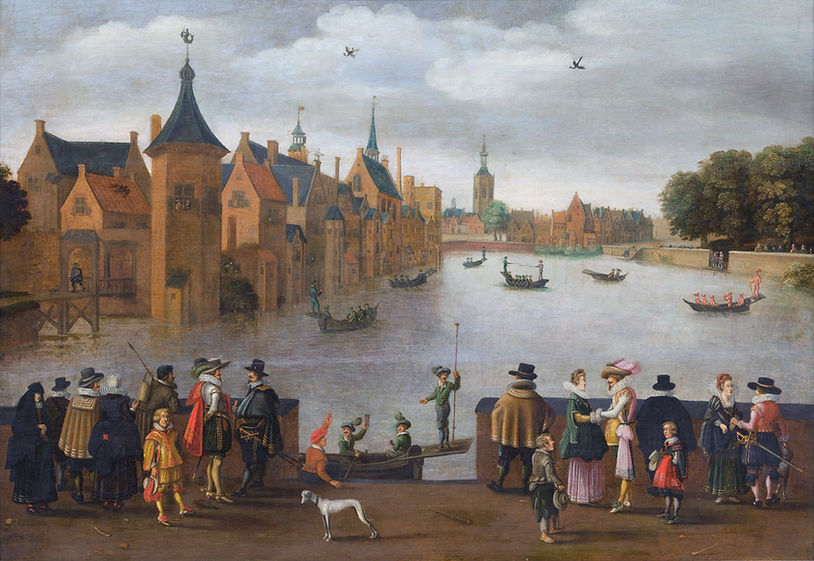







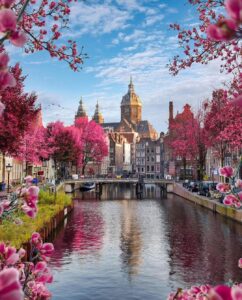

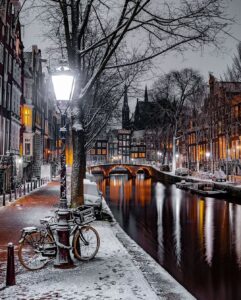





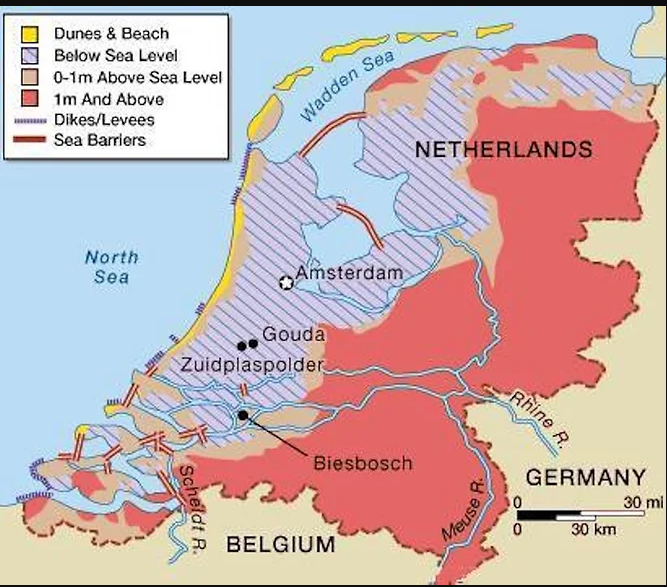

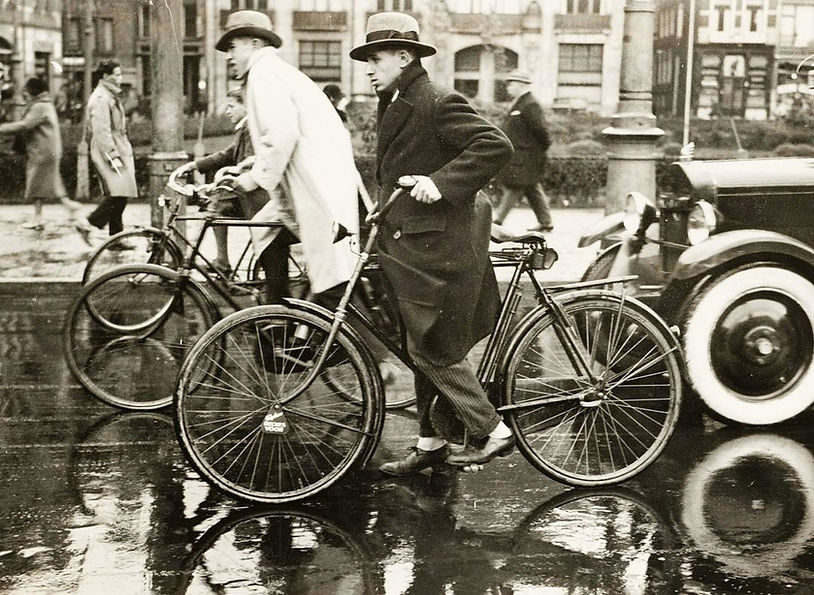

Comments
I love your post, and without fail, I diligently implement each of its recommendations every time there’s a new one. Not only that, but I excitedly share it on all my social media platforms, and my audience always give a resounding liking and engaging with it. Continue the outstanding work and informative posts coming!
I love meeting utile information , this post has got me even more info! .
My brother recommended I might like this web site. He was entirely right. This post truly made my day. You can not imagine simply how much time I had spent for this information! Thanks!